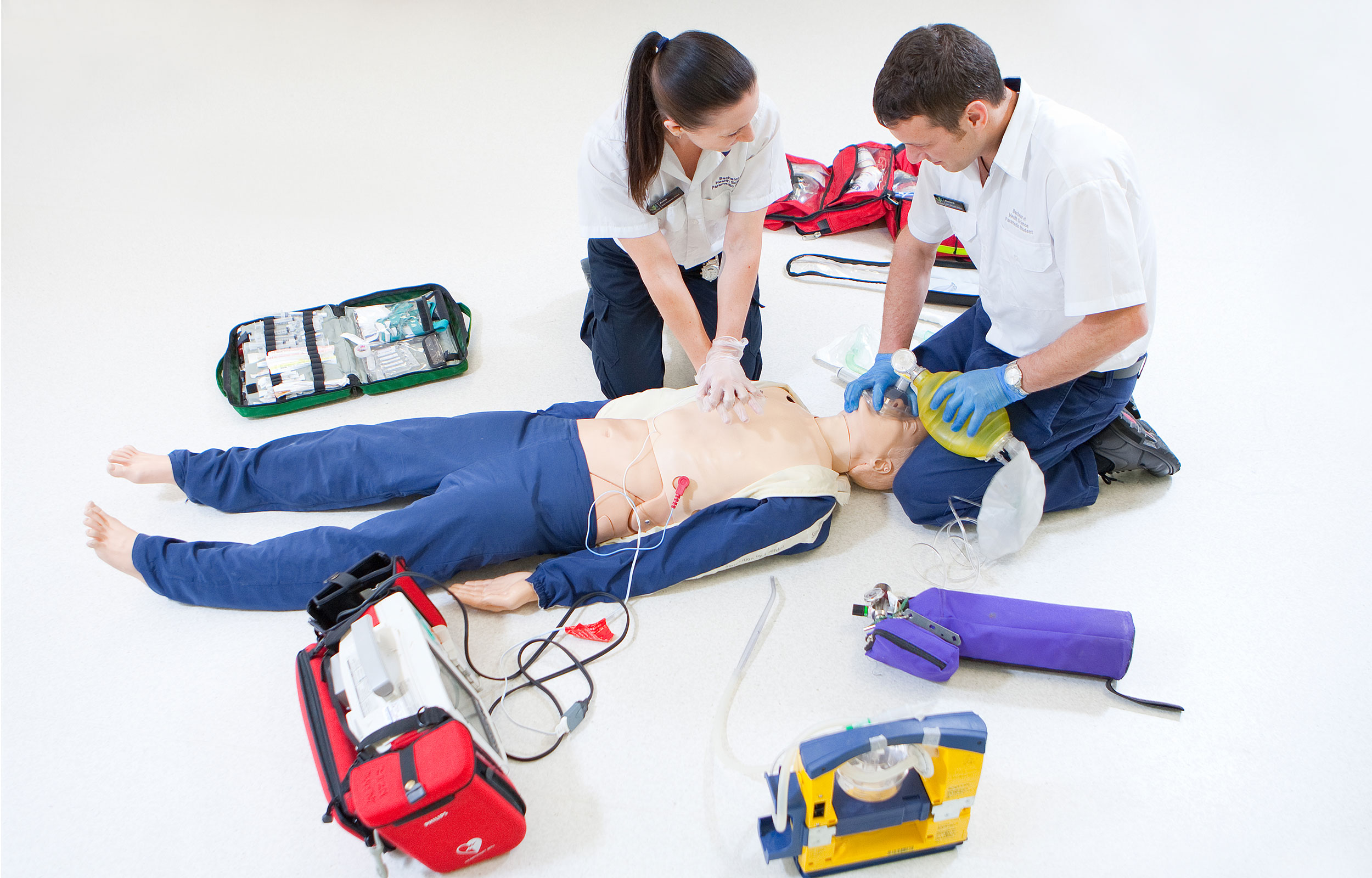Emergency medical services are a vital one and a career within it can be lucrative. It is centered around saving and providing life-saving care. If you’re contemplating being an Emergency Medical Technician (EMT) or upgrading to the prestigious job of a paramedic then you’ll be stepping into a career with high growth potentials and a demand for highly trained professionals. This article will guide you through all the steps necessary to be an EMT or paramedic. We’ll also look at many options of training including the approved by the DSHS EMS course.

Understanding the role of EMTs and Paramedics:
Emergency Medical Technicians (EMTs) and paramedics are first responders who provide immediate medical care during emergency situations. They are trained to assess patients, provide essential medical procedures, and transfer individuals safely to hospitals for further medical treatment. EMTs and paramedics are essential in stabilizing patients in critical situations, making split-second decision as well as providing caring aid during times of crisis.
Step 1: Becoming a EMT
To be an EMT In order to become an EMT, you have to be able to complete the necessary education and training courses that can differ based upon the certification level you wish to achieve. There are three levels of EMT certification.
1. EMT Basic (EMT B) The EMT Basic certification is an entry-level certification that is based on between 100-150 hours of education. EMT-Bs are educated to provide medical basics which includes CPR as well as bleeding control and basic airway management.
2. EMT Intermediate (EMT I): EMT I requires additional training that can be different for each the state. In certain areas the level is combined with EMT-B. In others, it takes between 200-400 hours of education, which includes expanded medical skills and intravenous therapy.
3. EMT-Paramedic (EMT-P) EMT-P: The top grade of EMT certification, EMT, requires extensive training, usually running between 1,800 and 1,000 hours. Paramedics are proficient in a variety of advanced medical procedures, such as taking care of patients, interpreting EKGs, and the management of airways that is advanced.
Step 2: Applying for Paramedic Certification
If you’re interested in becoming paramedics, you need to first pass the EMT-B or EMT-I levels and get some practical experience. After that, you can join a paramedic training course, which can take one to two years to complete. This extensive program will provide you with advanced medical concepts and equip you with the skills and experience to handle critical situations by yourself.
Explore EMT Training Options
You have several options in the field of EMT certification, depending upon the level you’d like to achieve. EMT training is often provided by community colleges and medical trades schools that offer all certifications. The courses offer a mixture of classroom training as well as hands-on training as well as practical experience in the job and in clinical settings.
If you’re searching to pursue a more comprehensive and extensive EMT training that will lead to a degree and colleges might offer EMT education at the EMT-Paramedic level. These courses will give you an understanding of emergency services and a greater understanding of medical decisions.
Step 4: Ensuring DSHS approved EMS Training:
It is crucial for those who are aspiring to become EMTs or paramedics to be sure that the training program they select has been approved by DSHS. The Department of State Health Services (DSHS) recognizes EMS courses for training to ensure that they are in line with the highest levels of education and proficiency. By enrolling in a DSHS approved EMS training course, you can rest assured that you are receiving top-notch instruction and meeting the necessary requirements for certification.
A career in the field of EMT or paramedic is very rewarding and highly respected. As first responders, EMTs and paramedics play important roles in helping save lives and provide emergency medical assistance in situations. In order to embark on this life-saving journey, future EMTs and paramedics need to complete the necessary training and education programs. Individuals can select from a range of EMT programs, depending on their desired certification level. They include community colleges, medical schools and university courses.
While assessing the various options for training It is also important to make sure that your chosen EMS course is DSHS certified. This will guarantee that you receive a high-quality education that is up to the standards required for EMT certification and paramedic certification.
The need for emergency medical specialists is growing. Being a part of the field of EMS offers many jobs, as well as the opportunity to have an impact on other peoples’ lives. If you are an EMT Basic or want to be a paramedic your commitment to critical health will result in an enjoyable and fulfilling career in emergency services.